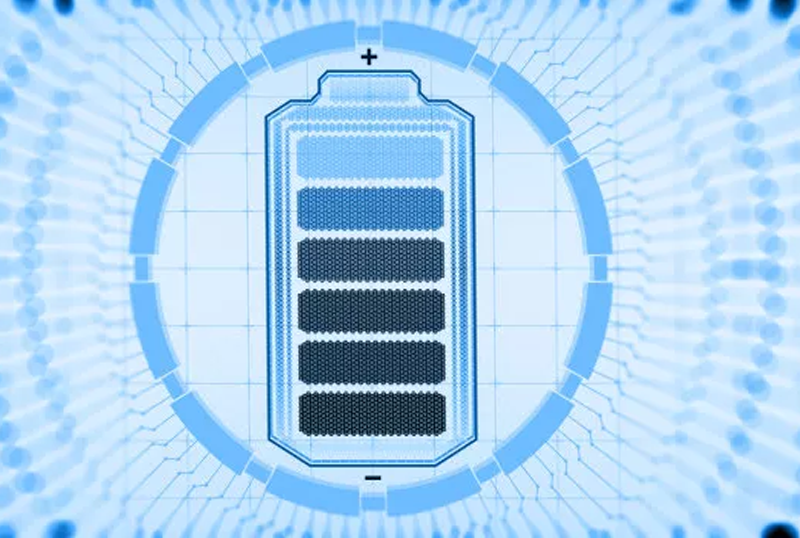What are the limitations or challenges associated with MWD technology?...
Read MoreWhat is the role of the positive and negative electrodes of the high-temperature battery?
High temperature batteries, such as molten salt batteries and solid oxide fuel cells, have positive and negative electrodes that play an important role in their operation.
The positive pole, also known as the cathode, is usually made of materials that can accept electrons, such as metal oxides. When the battery is used, the cathode attracts electrons from the external circuit and reacts with positively charged ions (such as oxygen or metal ions) to form compounds. This process generates electrical energy that can be used to power the equipment.
The negative electrode, also known as the anode, is usually made of materials that can provide electrons, such as metal or carbon-based materials. When the battery is in use, the anode releases electrons into the external circuit and reacts with negatively charged ions (such as oxygen or sulfur ions) to form compounds.
The positive electrode and the negative electrode are separated by an electrolyte, which is usually a molten salt or ceramic material and can conduct ions at high temperatures. The electrolyte allows the ions to move between the electrodes, thus completing the circuit and allowing the battery to generate electricity.

Extend Knownledges
What are the limitations or challenges associated with MWD technology?
What are the limitations or challenges associated with MWD technology?...
Read MoreAre there any limitations or considerations for using an autoclave?
Are there any limitations or considerations for using an autoclave?...
Read MoreWhat temperature and pressure are typically used in an autoclave?
What temperature and pressure are typically used in an autoclave?...
Read More